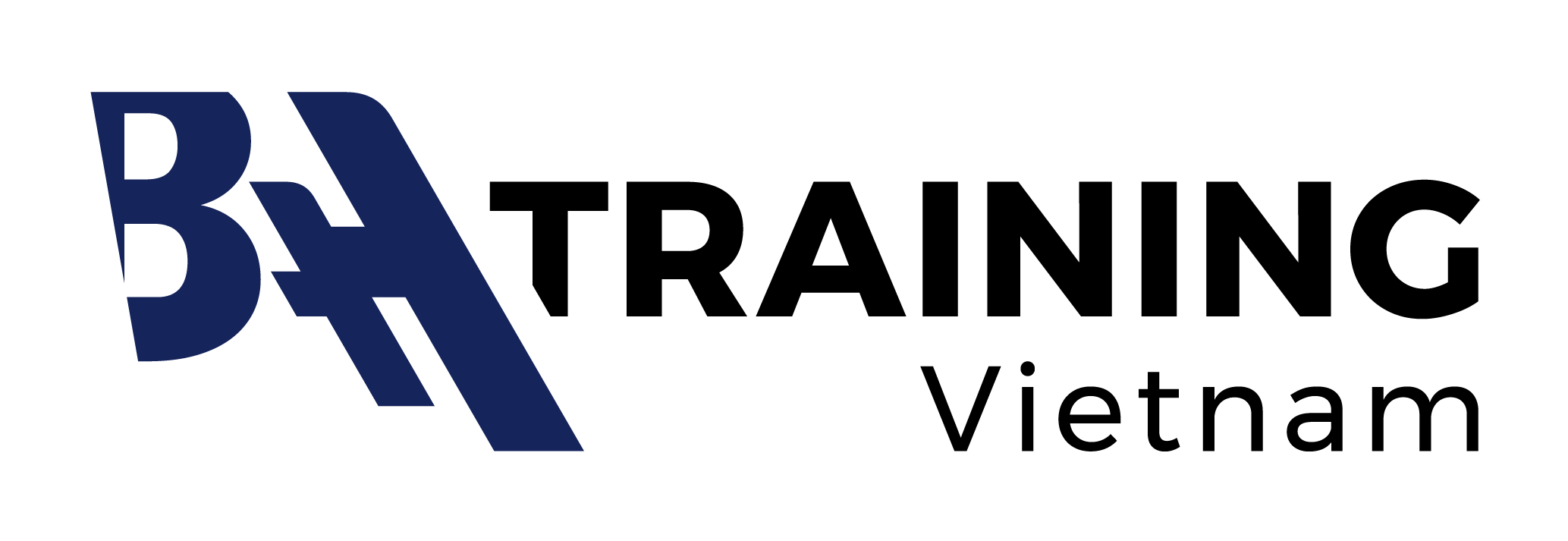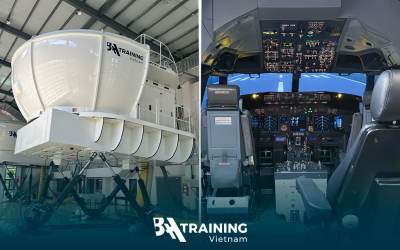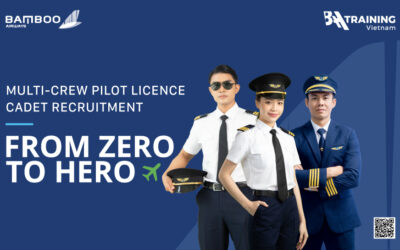Just like any other year, 2014 has been filled with events that are memorable and influential to the entire industry. It is true that year was filled with a number of devastating accidents and troubling industry occurrences, however this time, let’s look at aviation industry from the point of view of the new regulations, standards, new training approvals, successful launches and take offs.
Aircraft that continue to soar…
Airbus aircraft manufacturer can mark year 2014 as a successful in terms of the aircraft certifications and first flights. Airbus A350-900 got type certified by EASA and is now officially compliant with the regulatory safety and environment requirements defined by EASA and European Union. Airbus A350-900 can seat 315 passengers and carry them over a distance of 7,750 nautical miles (14,500 km). In addition to that, Airbus A350-900 aircraft got certified for up to 370 minute ETOPS and became the first new airliner ever to be approved for “ETOPS Beyond 180 minutes” before entry into service.
Other good news from Airbus over 2014 involve Airbus A320 neo, because the first A320neo rolled out of the factory on July 1st and was first tested in flight on September 25th. Airbus has already received over 3,000 unit orders for the New Engine Option and unlike other aircraft manufacturers, has advanced the delivery date from Q1 of 2016 to September of 2015.
Boeing also had its moment of fame when The Department of Transportation’s Federal Aviation Administration (FAA) announced that after a careful review of Boeing 787-9 design, manufacture and assembly processes it is safe to say that aircraft is well designed, meets the required safety level and has effective processes in place, in case anything needs to be adjusted and corrected. Boeing 787-9 is the second member of the Dreamliner family aircraft that accommodates 280 passengers and can fly a range of 8,300 nautical miles (15,372 kilometers).
Bombardier took a step forward in its Learjet 85 business jet development process by undertaking the first flight in April of 2014. This aircraft is the first Bombardier Aerospace business jet to feature a composite structure, hold a capacity of 8 passengers, and have a transcontinental range of up to 3,000 nautical miles (5,556 km).
It’s time to share the sky
Another exciting thing that happened during 2014 was FAA’s approval for Unmanned Aerial Vehicle (UAV) flights for non-commercial usage. However later on administration released separate approvals for the cinematography companies to use it in the movie production, however the whole UAV concept remains debatable and will definitely receive more attention in the upcoming months as experts continue the testing and research.
Another industry advancement that happened over 2014 also comes from Airbus, however this time it is regarding the Airbus E-Fan 2.0. This is Airbus’ prototype two-seater electric aircraft which has been demonstrated in flight at the Farnborough International Airshow in the UK in July 2014 and will be targeted toward pilot training upon its introduction in 2017. While working on variations of 2- and 4- seat training aircraft, Airbus has stated that there are plans for development of a commercial regional aircraft in the near future.
Make the safe even safer
Over 2014 aviation industry had a few devastating accidents that left many people puzzled about the damage that it will cause the entire industry and its closest sectors, however, until this day aviation remains the safest mean of transportation and all industry professionals are determined to keep it that way. During the annual OPS Conference, IATA’s Director General has called on governments and industry to focus on partnerships, data analysis and runway safety in the ongoing quest to make flying even safer. Regional Aviation Administrations did take all of this into consideration and over 2014 has released a number of recommendations for aircraft operations, aircraft tracking, airlines, airports, and overall partnership and collaboration between the agencies and governments.
FAA held a summit to engage the aviation industry in meeting the January 1, 2020 deadline to equip aircraft with new avionics technology. FAA has also issued a final rule which broadened the coverage of the icing certification standards and now requires U.S. manufacturers to show that transport airplanes are safe to operate in freezing drizzle or freezing rain, conditions that constitute the icing environment known as “supercooled large drops” (SLD).
Over the year IATA and EASA has reached an agreement on sharing of safety information and joint analysis of safety trends. And even though over 2014 EASA has allowed European airlines to permit the use of the mobile phones following the aircraft landing, as well as the use of any other portable electronic device throughout the flight after a safety assessment process, it has created a new organization to prepare the agency for the upcoming year challenges. On September 1st of 2014 a strategy and safety management directorate has been created in order to strengthen EASA’s overall strategy and to promote a data driven and performance-based approach to managing safety.
The beginning of 2014 has marked 100th anniversary of aviation – always interesting, fascinating and breathtaking industry that influences our lives in so many ways and forms that it’s getting difficult to wrap one’s head around it. Being the safest mode of transportation it places on industry professionals certain expectations which they never fail to deliver. New aircraft, technologies, safety regulations and most importantly, increasing demand is what drives this ever changing and improving industry forward.







